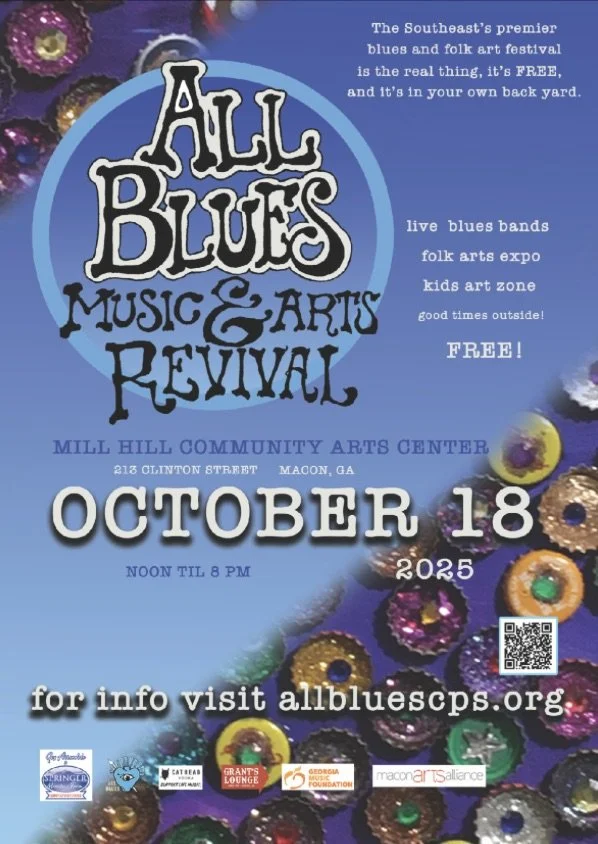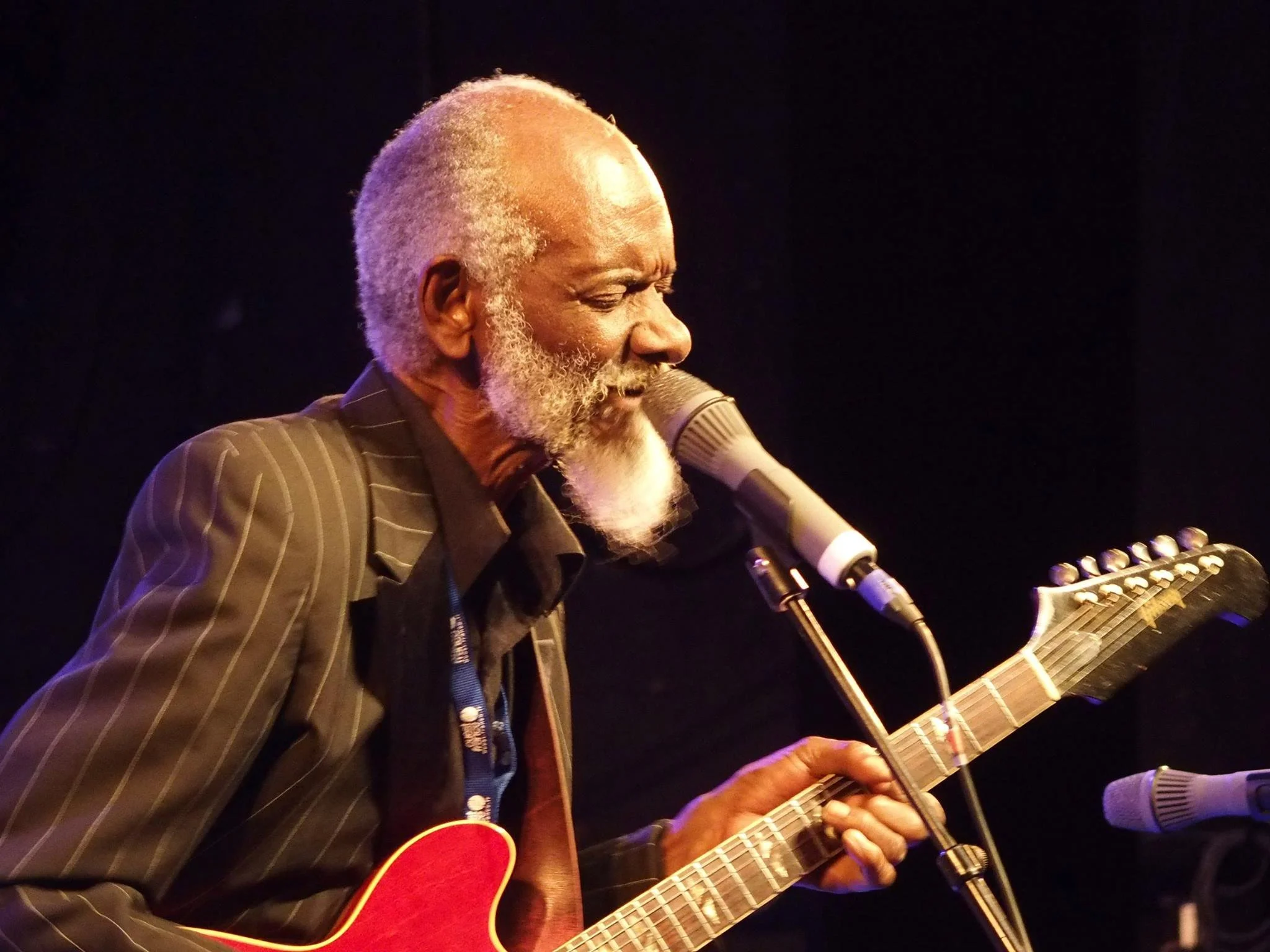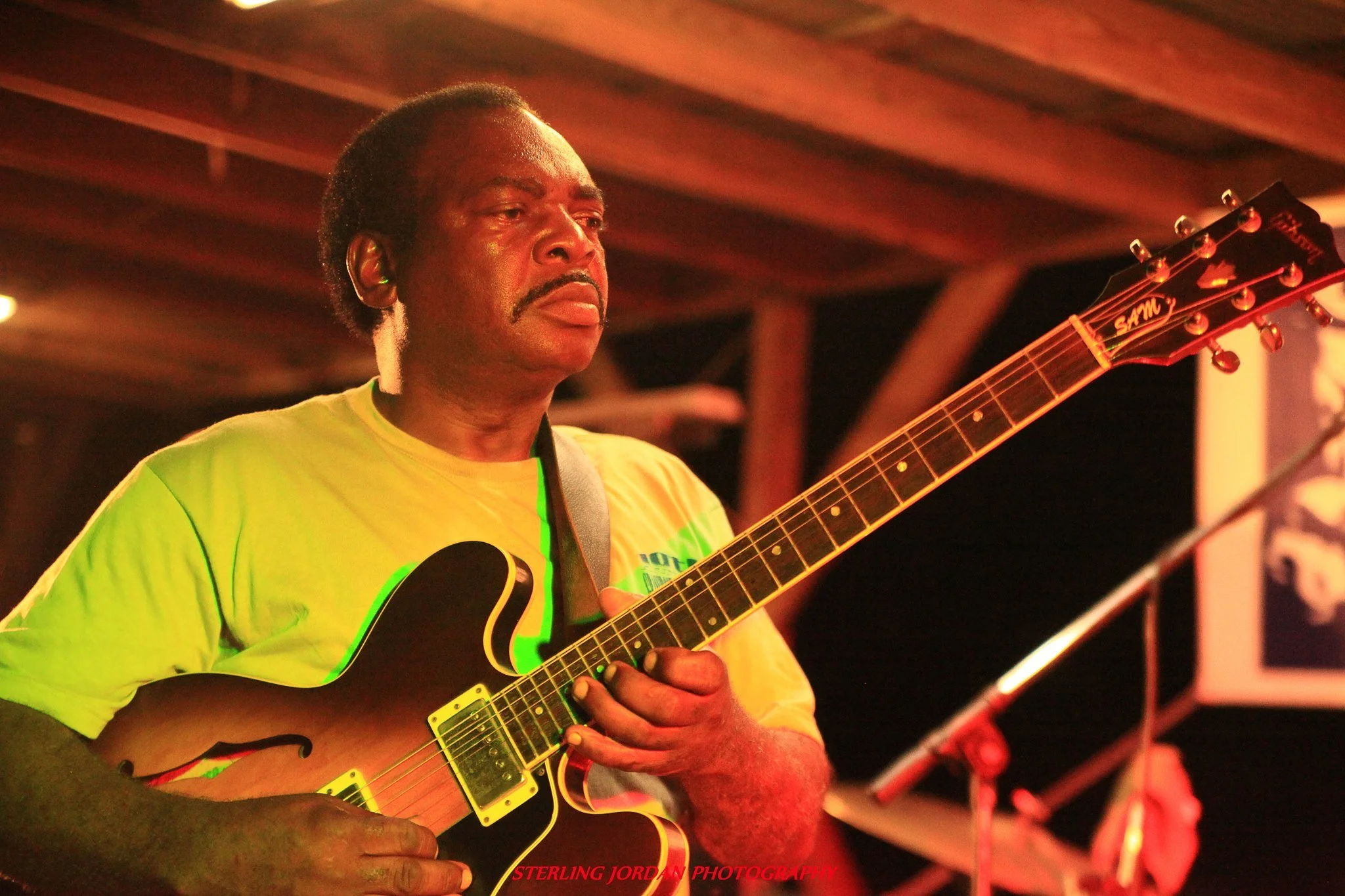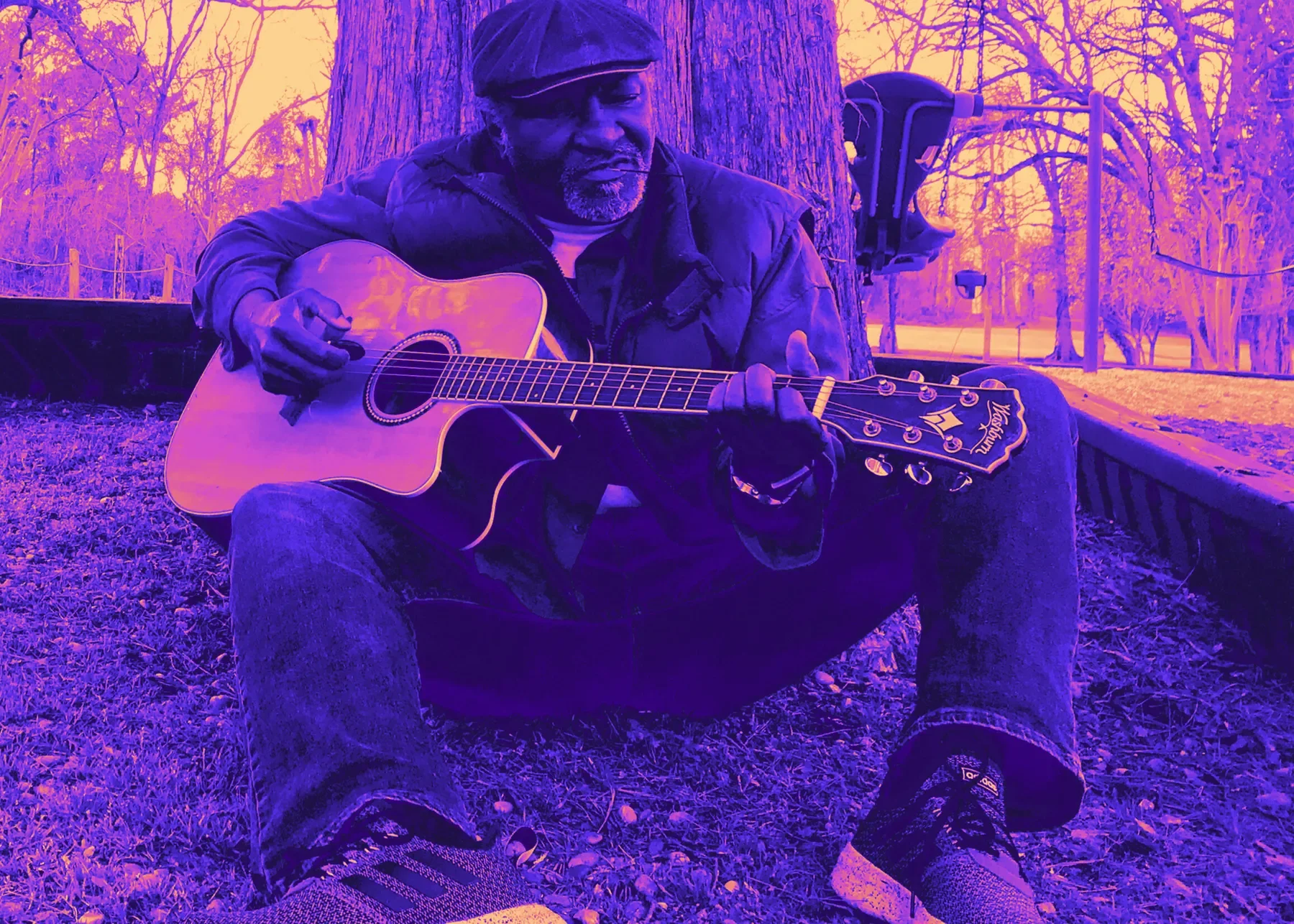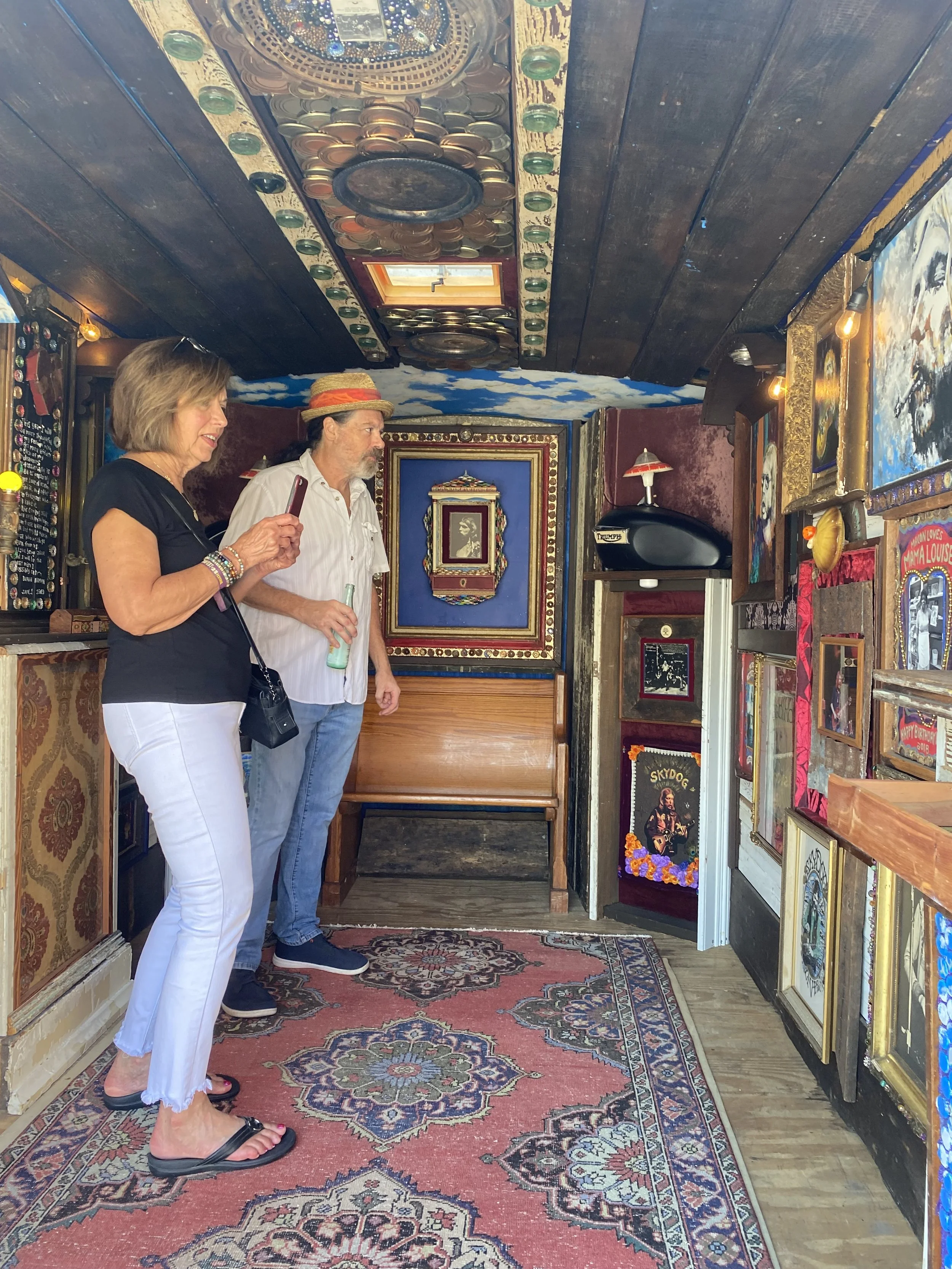The Art of the Blues: Inside Macon’s All Blues Revival
When the air turns crisp and pecan shells crack underfoot, you can feel it — festival season’s still humming in middle Georgia, and the blues are about to rise up from Macon’s red clay once more. This Saturday, October 18, the All Blues Music & Arts Revival gathers the faithful, proving that in Macon, the blues are still alive — still testifying, shouting, and dancing right alongside the city’s deep soul.
The All Blues Music & Arts Revival is a different kind of revival, as in resurrection of stories, material memory, and communal voice. Hosted through the good graces of the Macon Arts Alliance at the Mill Hill Community Arts Center, the festival assembles two of the South’s oldest dialects: the deep hum of blues and the mosaic pulse of vernacular folk art.
The mission is plain but bold: free admission, honoring artists and musicians, reclaiming our musical history. The festival is run by the All Blues Cultural Preservation Society, a nonprofit committed to preserving “the original American art forms of blues music and folk art” via community events, education, and support for local artists.
Here’s why this festival matters — and why you’ll want to be there.
The Lineup: From Macon to Chicago to the Delta, with a Detour Through Heaven
Headlining this roots-rich throwdown are four heavy-hitting acts from across the blues spectrum, each act bringing its own lineage, voice, and urgency, and carrying the blues like it’s a birthright. Leading the charge is Macon’s own Robert Lee Coleman.
Mr. Robert Lee Coleman
Known as Macon’s King of the Blues, Robert Lee Coleman carries a legacy that’s as deep and steady as a bassline at midnight. A veteran of stages with Percy Sledge and James Brown, his guitar once lit dance floors around the world. Now, backed by a tight local combo, Coleman opens the Revival with the same generosity that’s defined his life — bending strings and spirits alike toward joy, gratitude, and groove.
Lil’ Ed & The Blues Imperials
A Chicago blues emissary, Lil’ Ed (Ed Williams) learned the ropes from his uncle, the slide guitarist J. B. Hutto. He’s known for gritty slide work, raw vocals, and a live energy that “overdoses on boogie juice.” Recently inducted into the Blues Hall of Fame (2024), his band remains a tightly knit, road-hardened outfit.
Alvin Youngblood Hart / Muscle Theory
Hart is a blues polymath: guitar, banjo, mandolin, acoustic & electric strings. His three-piece band, Muscle Theory, amplifies that range with a raw, road-tested sound that bridges Mississippi country blues with broader Americana and roots traditions. His style has been likened to Lead Belly or Spade Cooley in spirit, and he’s been praised for bringing “thunder in his hands.”
Little Willie Farmer
A deep-delta voice with a purist’s commitment — Farmer’s name signals connection to the Mississippi tradition, where song is oral and every note is debt and blessing. We can expect songs borne of land, toil, and memory.
Brotha Ric Patton
A singer-harmonicist rooted in Alabama and Memphis traditions, Patton brings the small-club intensity of raw, soulful blues. His harmonica lines echo local roots, and his voice carries wear, wisdom, and immediacy.
Each of these artists is a bearer of sounds handed down — and each has a story to tell about living in the blues’ rhythm: road miles, sweat, joy, loss, and all.
Folk Art & the Vernacular Pulse
The festival isn’t a blues show with art slapped on as decoration — folk art is co-headliner at this event.
You’ll admire works by folk artists such as Johnny Mo (John Mollica), one of the festival organizers. Johnny is no outsider looking in; he’s been designing and printing southern rock T-shirts, posters, and memories for decades. As a vernacular folk-assemblage artist, Johnny uses reclaimed local materials — wood from the Capricorn building or Big House, bottle caps, found boards. He puts them in shrines and frames, and used them to build the “Church of Duane Allman,” a traveling installation where visitors can stand inside the music’s echo and see how memory turns into art and shrine.
Artist Johnny Mollica, organizer of the All Blues Revival, inside his Church of Duane Allman — a mobile shrine he built to honor Duane, the Southern music spirit, and creative devotion. Here he’s showing Amy, a Nashville visitor, around the church. Johnny plays ABB music in the church, linking the space to Duane’s framing of music as its own kind of belief. The church — and Johnny’s folk-art installations — will be on display at the All Blues Revival for revivalists to experience!
There’ll be other regional folk artists exhibiting, along with a children’s art zone, a juke-joint–style bar serving food, and more. The festival is built to teach, uplift, and preserve — not only to entertain.
The Mission: Keep It Free, Keep It Real
The All Blues Cultural Preservation Society runs this whole operation on fundraising and a fierce belief that music and art belong to everyone. Their projects fund transportation for elder musicians, art mentoring for kids, and ongoing preservation of these “original American art forms.”
That’s why admission is free. You shouldn’t have to buy a ticket to hear your own story.
And, Boy, does this town have stories. Macon vibes like a crossroads — church bells on one corner, slide guitar on the next. Our city is special because it sits at these and other cultural crossroads:
The Douglass Theatre was once a key stop on the early Black performance and Chitlin’ circuits.
Capricorn Records gave Macon a rock-southern axis, where the Allman Brothers filtered blues traditions into improvisational grooves combining genres.
The city’s churches, talent shows, and neighborhood stages have always smuggled blues, soul, and story into daily life.
Folk art traditions in the South — particularly from Black, working-class, self-taught makers — carry history in craft, recovery, and reinvention.
This revival is an invitation to walk through Macon’s heart — as witness, as listener, as participant.
Why It Matters
The Revival’s spirit is rooted in generosity — musicians giving back to those who paved the way, and a city giving space for the blues to breathe again. The Revival moves Macon’s legacy forward. It says: We see you, Macon. Your stories are nailed into the boards, painted on the walls, and still ringing through every chord.
From the Douglass Theatre to Capricorn Records, from Otis Redding to Little Richard, this city has never separated the sacred from the sweat. On Saturday, that spirit comes home to the Mill Hill lawn — raw and joyful with folks dancing barefoot in the grass.
So come early. Stay late. Drop a few dollars in the donation jar if you can — it keeps the music alive and honors the ones who never stopped playing.
After all, this Revival is Macon’s soul, amplified through her blues.
The Real Thing in Our Own Back Yard
📍 Mill Hill Community Arts Center, 213 Clinton Street, Macon, Outside (Bring a lawn chair but please leave pets and weapons at home).
🗓 Saturday, October 18, 2025
🕛 Noon – 8 PM
🎟 Free Admission
🔗 allbluescps.org
About the Author
Cindi Brown is a Georgia-born writer, porch-sitter, and teller of truths — even the ones her mama once pinched her for saying out loud. She runs Porchlight Press from her 1895 house with creaking floorboards and an open door for stories with soul. When she’s not scribbling about Southern music, small towns, stray cats, places she loves, and the wild gospel that hums in red clay soil, you’ll find her out listening for the next thing worth saying.

